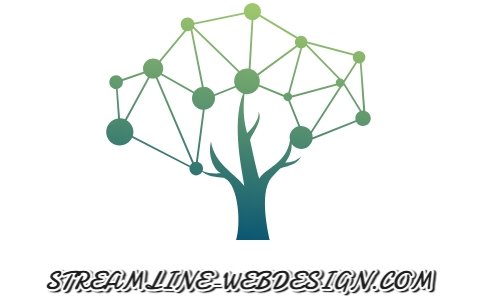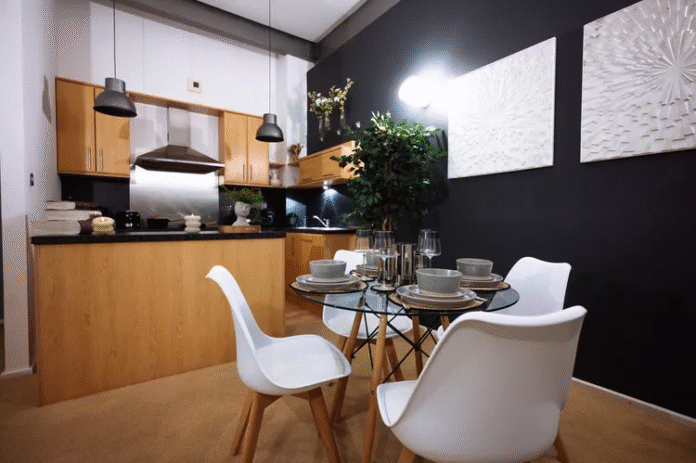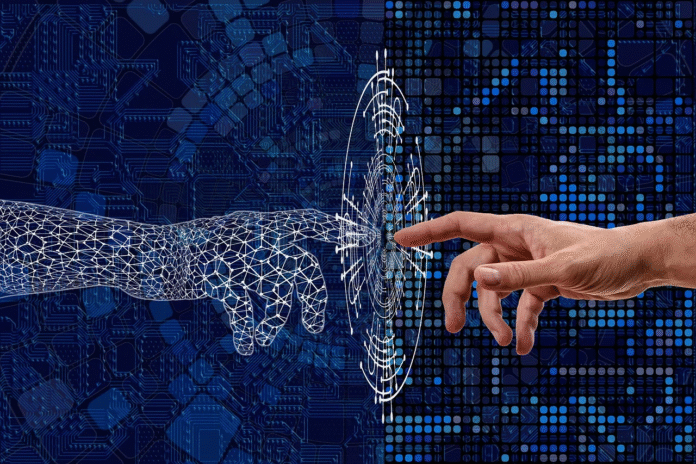
In the age of AI and accelerating automation, where algorithms can craft code and layouts in milliseconds, there remains a quiet, resolute truth: web design is still a deeply human art form. Beneath the screens and scripts lies something more profound—a celebration of creativity, emotion, and empathy that machines, no matter how advanced, cannot replicate.
Web design has never been just about arranging pixels or choosing fonts. At its best, it is a language of connection. It tells stories, builds relationships, and shapes how we feel when we visit a website. It’s the reason why some pages feel sterile and forgettable, while others draw us in, linger in our memory, and make us feel something. That feeling—whether it’s warmth, excitement, curiosity, or trust—is the heartbeat of great design.
Designing with Emotion, Not Just Efficiency
The introduction of AI into the creative process has brought undeniable benefits. Designers can now streamline workflows, generate ideas at lightning speed, and automate routine tasks. But while AI can mimic aesthetics and suggest layouts, it lacks the nuanced understanding of human emotion.
A machine might choose a harmonious color palette, but it won’t understand the nostalgia that soft beige can evoke in a brand rooted in tradition. It can propose typography that looks balanced, but it won’t feel the tension and release that a handwritten font can bring to a personal story. That feeling—the invisible thread between creator and audience—is what sets human design apart.
The Personal Touch in Every Pixel
Behind every compelling website lies a human being who cared. A designer who stayed up late fine-tuning an animation that lasts only seconds. Someone who chose a photo because it reminded them of a memory, or wrote microcopy that made a user feel seen.
Design is not only about solving problems—it’s about solving them with empathy. It’s transforming complexity into clarity, frustration into delight. It’s recognizing that when someone clicks on a site, they bring with them expectations, emotions, and needs. A thoughtful design acknowledges all of that. It doesn’t just function—it welcomes.
The Creative Struggle is Part of the Joy
Designers know the bittersweet rhythm of the creative process. The exhilaration of a new idea. The countless revisions. The frustration when something just won’t work. And then, the quiet joy when everything suddenly aligns—the layout, the tone, the experience.
That emotional journey—equal parts inspiration and persistence—is something AI can never truly experience or replicate. It’s part of what makes creative work so deeply fulfilling. Because when a design finally clicks, it’s not just pixels falling into place; it’s a vision realized, a voice heard.
Human Creativity in a Machine-Driven World
It’s easy to feel apprehensive about AI’s growing presence in design. There’s a natural fear that the craft might be devalued, that creativity could become automated or impersonal. But the truth is, AI isn’t here to replace designers—it’s here to amplify them.
Used wisely, AI can handle the mundane, freeing us to dive deeper into what truly matters: storytelling, emotion, and human connection. It becomes a tool—not a threat—for creativity. It allows us to focus more on the why behind a design, not just the how.
Making the Web More Human
At its core, web design is about people. It’s about understanding their needs, their hopes, and their behaviors. It’s about making the internet—a place often described as cold and impersonal—feel warm, welcoming, and alive.
That’s why even in this high-tech era, the soul of design remains unchanged. We still design for people. For their stories, their dreams, their humanity.
And so, while the tools may evolve and the techniques may change, the heart of web design stays rooted in something timeless: the joy of creation, the thrill of expression, and the deep satisfaction of making something meaningful.
A Future Built on Empathy and Imagination
Looking ahead, the role of designers is more important than ever. As AI grows more capable, the value of uniquely human qualities—intuition, empathy, imagination—only increases. These are the things that infuse our work with life. These are the qualities that make users feel understood, supported, and inspired.
So let’s embrace the tools of tomorrow while holding tight to the heart of what we do. Let’s continue to design not just with precision, but with passion. Not just with logic, but with love.
Because at the end of the day, web design isn’t just about building websites—it’s about building connections. It’s about making the world just a little more beautiful, a little more accessible, and a lot more human.











